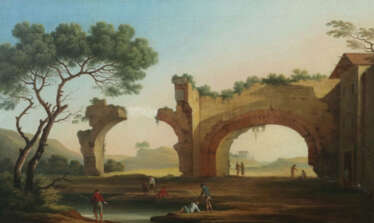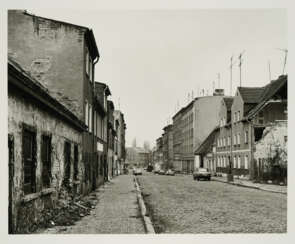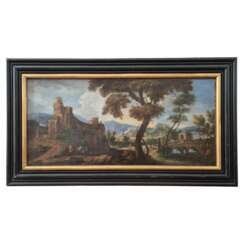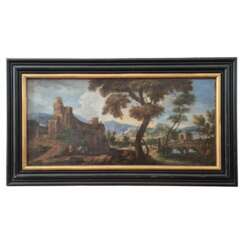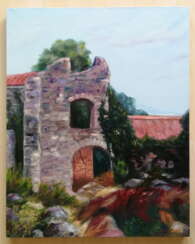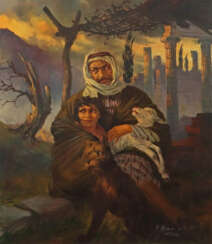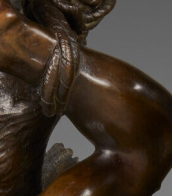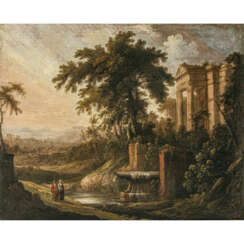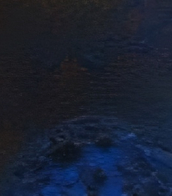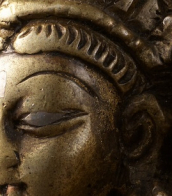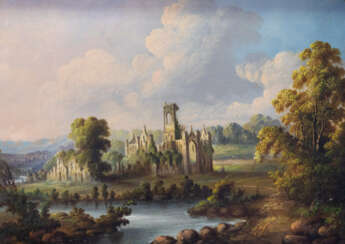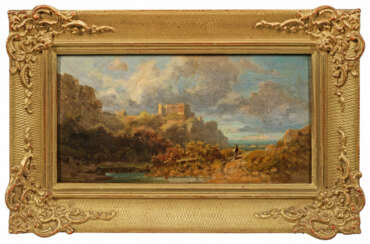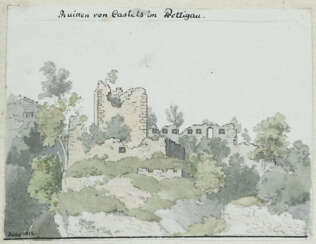61 Items by auctions and galleries:
ruine
Lot 76 Thomas Struth. Schöningerstraße (mit Ruine), Magdeburg 1991
Thomas Struth (1954) 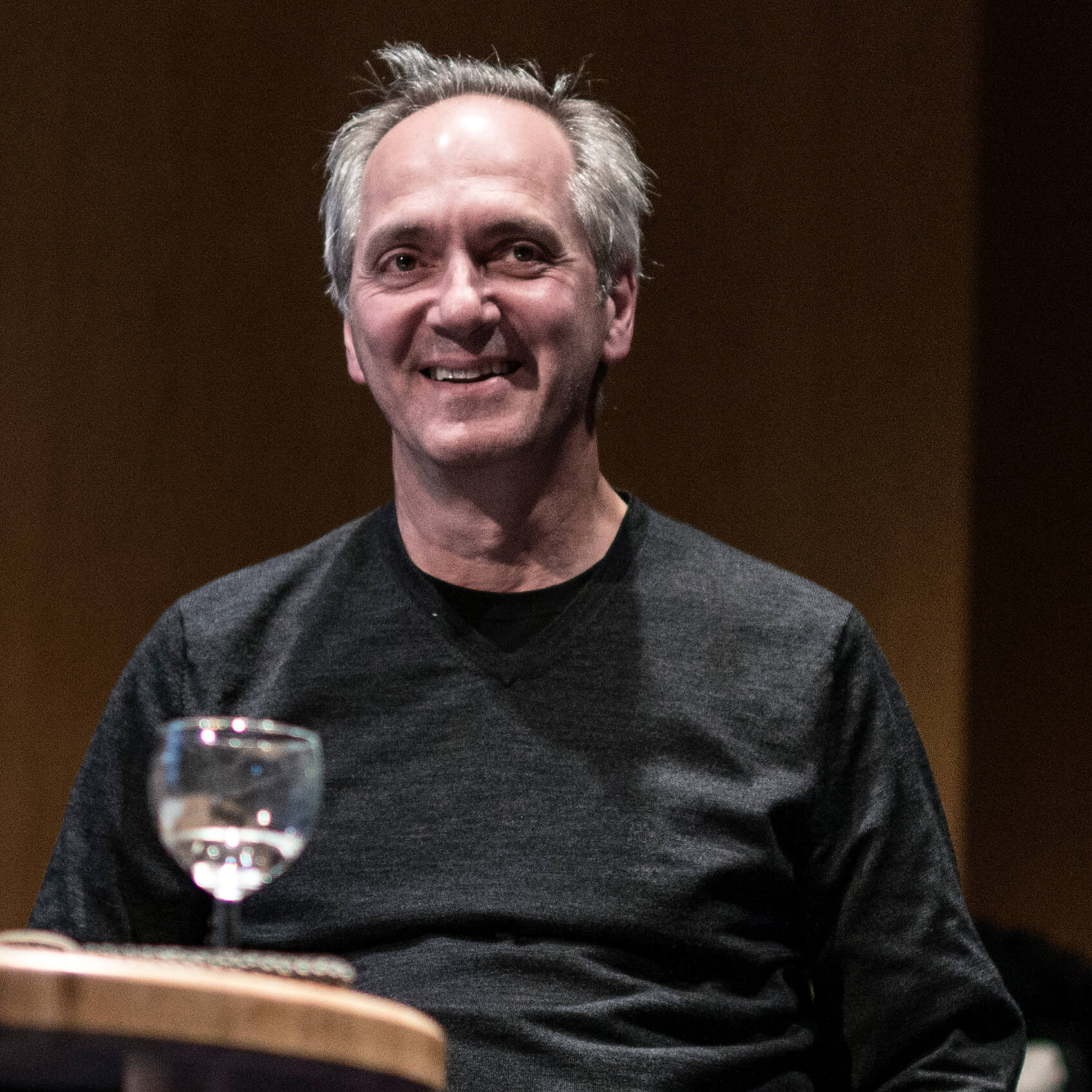 A1279: Beyond the Mainstream – A Rhenish Collection
A1279: Beyond the Mainstream – A Rhenish Collection 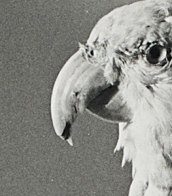

Thomas Struth
1954
Germany
Thomas Struth is a German photographer who is best known for his Museum Photographs series, family portraits and black and white photographs of the streets of Düsseldorf and New York taken in the 1970s. Struth lives and works in Berlin and New York.

VAN HAM Kunstauktionen GmbH
A1279: Beyond the Mainstream – A Rhenish Collection
Date: 20.11.2025 18:00 UTC +01:00
Number of lots in the catalog: 103
Руины Старого Бара. The ruins of Old Bar, Montenegro.
Ekaterina Koshukova (b. 1979)  Shop Koshukova Ekaterina
Shop Koshukova Ekaterina

Ekaterina Koshukova
31.01.1979
Byelorussia
Занимаюсь рисунком и живописью с 2012 года, обучаюсь у профессиональных художников-педагогов в школе-студии "Дивина Гармония", Минск.
Пишу маслом (пейзажи), рисую пастелью, углем (портреты) и тушью в технике китайской живописи се-и.

Artist shop
Koshukova Ekaterina
Byelorussia
Number of products: 20
Lot 1677 Carl Spitzweg
Carl Spitzweg (1808 - 1885) 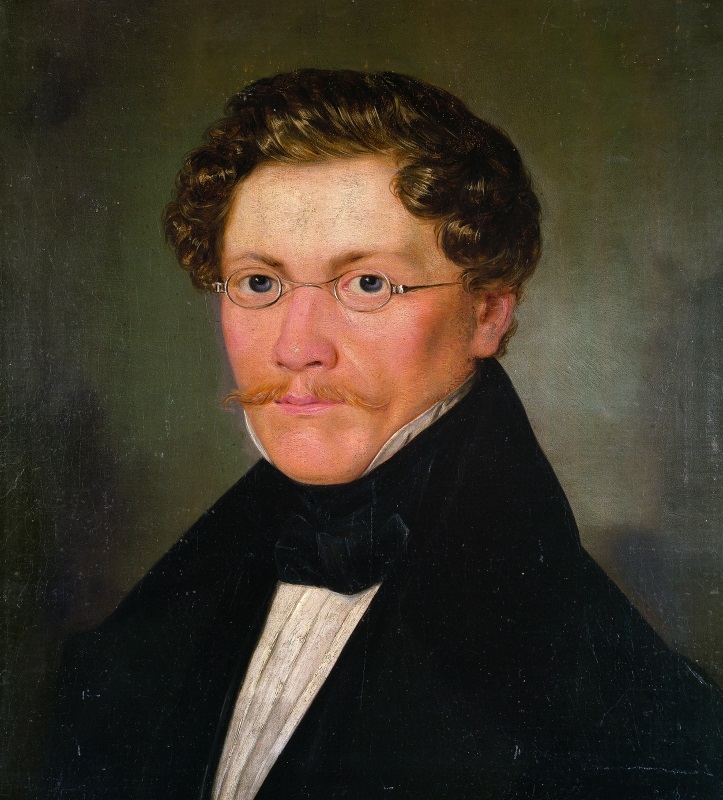 A195: Internationale Kunstauktion — Teil 2
A195: Internationale Kunstauktion — Teil 2 

Carl Spitzweg
05.02.1808 - 23.09.1885
Germany
Carl Spitzweg was a German romanticist painter, especially of genre subjects. He is considered to be one of the most important artists of the Biedermeier era.

Kunstauktionshaus Schloss Ahlden GmbH
A195: Internationale Kunstauktion — Teil 2
Date: 06.12.2025 10:00 UTC +01:00
Number of lots in the catalog: 1053
